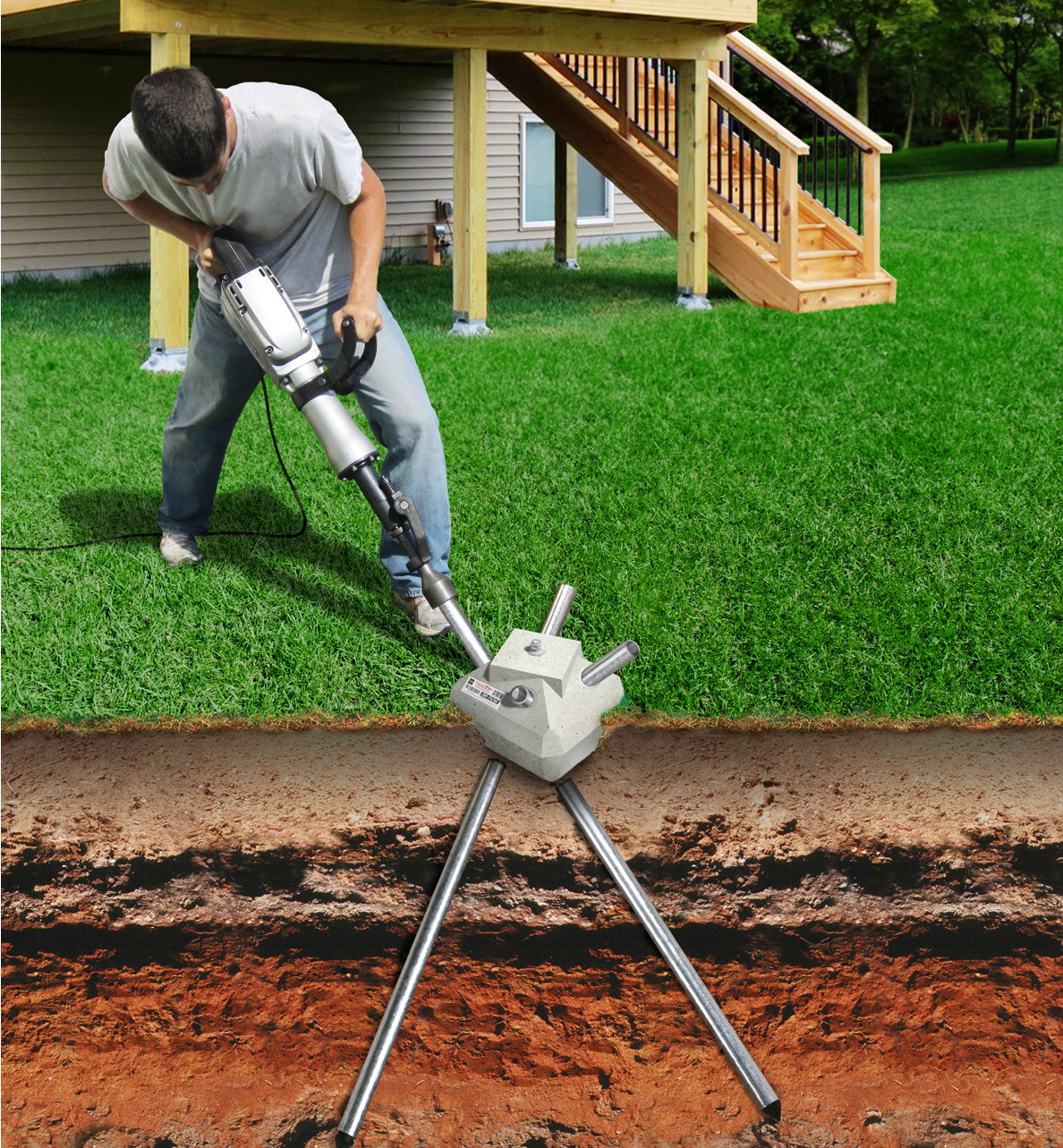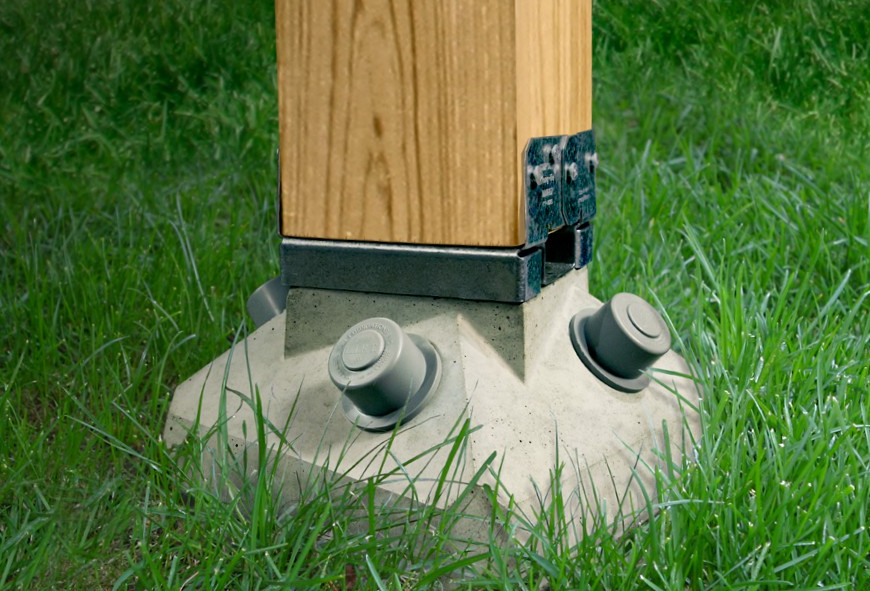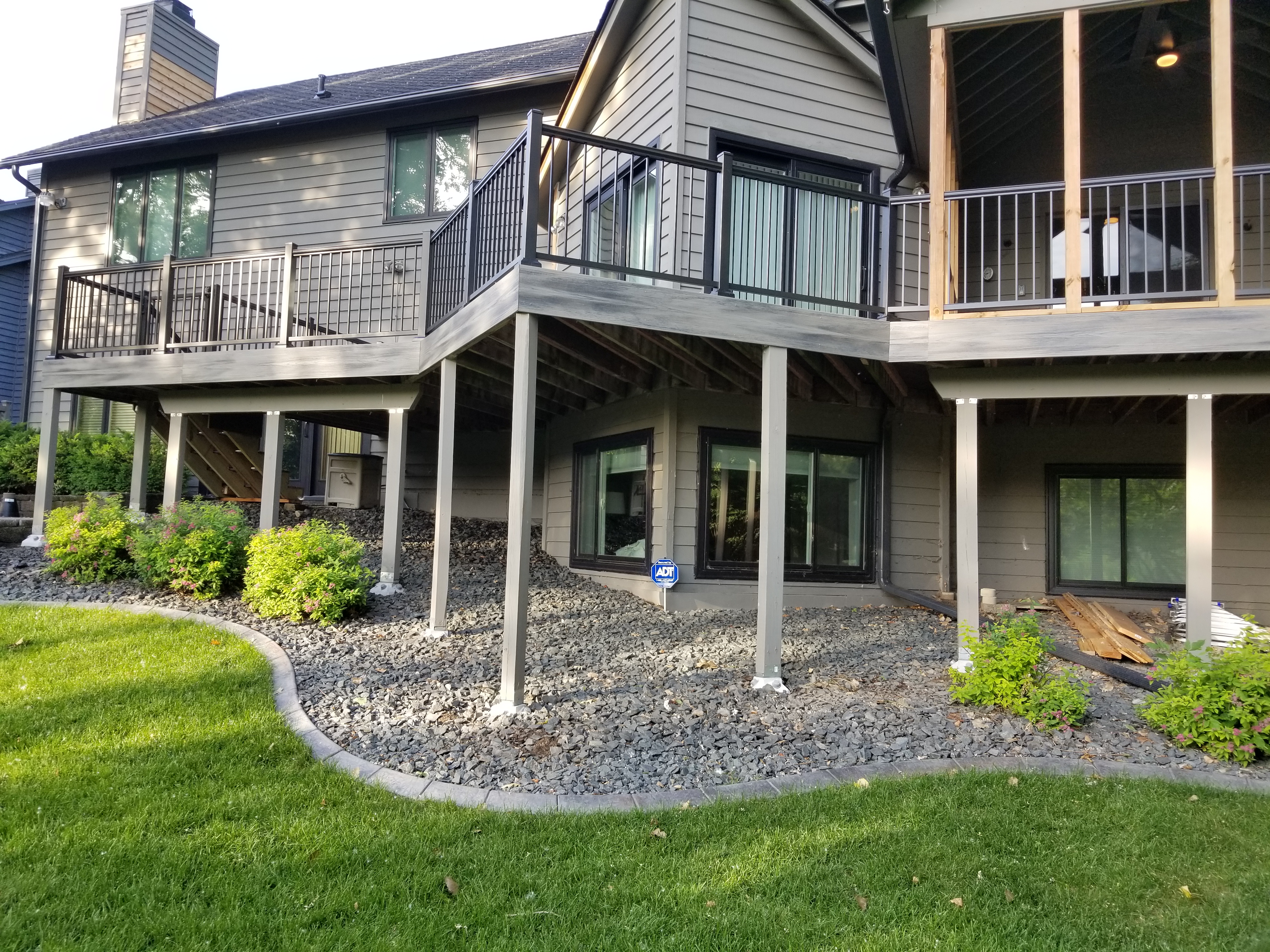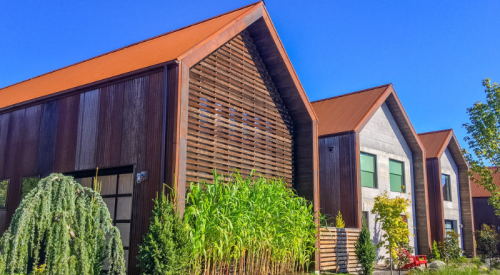For deck builders in the Northern parts of the US, frost heave is the ultimate variable. It’s the unpredictable force of nature that garners the most call backs for builders come wintertime.
When the Diamond Pier Foundation System appeared on shelves over 10 years ago, there was hesitancy with new users about the system - in fear that it would not hold up to frost heave pressures. Additionally, since there is no ASTM testing methodology for foundation systems in freezing conditions, so the building code industry relies upon observational evidence as the basis for deriving a reasonable standard of performance for a given frost zone depth.
To satisfy skeptical builders, Pin Foundations, Inc. provided a longer history of observational data in order to prove the Diamond Pier’s efficiency in resisting frost heave.
PFI conducted a 10-year-study collecting warranty data, visiting warranty sites, and using the USDA Web Soil Survey to assess soil data around warranty claim sites, which included Minnesota extending into western Wisconsin, eastern North and South Dakota, northern Iowa, and Omaha, Nebraska.

The study included all warranty claims in the designated area from 2009 to 2019. 95,000 installed footings, or just over 14,200 projects were included in the study data.
Over a 10-year period, Pin Foundations, Inc. had been notified of unacceptable movement due to frost in 70 of the 14,200 projects, which represents 0.00493% of the projects installed. This represents ½ of 1% (0.005).
The sites were investigated and were found to have severe frost heave susceptible soils, according to the USDA Web Soil Survey, and did not meet specific PFI conditions and uses guidelines found in the Diamond Pier Installation Manual (PFI, 2018; see first paragraph under “Supporting Soils,” page 5).
Even on the troubled sites, most piers were unaffected, with:
- 102 requiring intervention
- 63 adjusted
- 39 replace
The Diamond Piers that required replacement represent about 1/20 of 1% (0.00041) of Diamond Pier footings installed.
The incident rate is far lower than might be expected based on frost susceptibility soil conditions parameters as well as many environmental cycles, and represents statistical evidence of wholly acceptable Diamond Pier performance in frost zone soils.
The study provides evidence that the Diamond Pier successfully resisted frost heave 99.7% of the time. Furthermore, the study examined the locations of the 0.3% of footings that heaved, and found they were installed in soil conditions that did not meet the minimum soil requirements stated in the Diamond Pier Installation Manual. Meaning there were zero product failures due to frost in areas that met the soil requirements defined in the Installation Manual.

Pin Foundations, Inc. feels this study should satisfy the concerns of those who are looking for empirical evidence of the product’s performance in areas with frost heave susceptible soils. They feel this study represents valid empirical evidence of equivalent or better performance
when compared to anecdotal performance of traditional concrete footing.
Contact Info:
Pin Foundations, Inc.
Contact Person: Ronnie Marlin
(708) 406-5005
info@diamondpiers.com
www.diamondpiers.com
![]()













